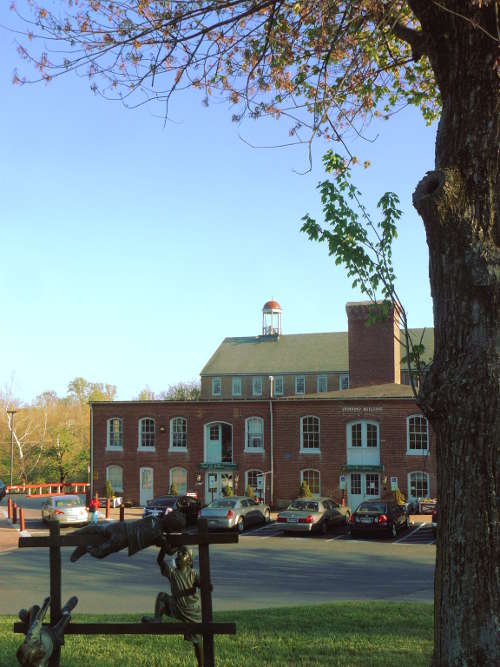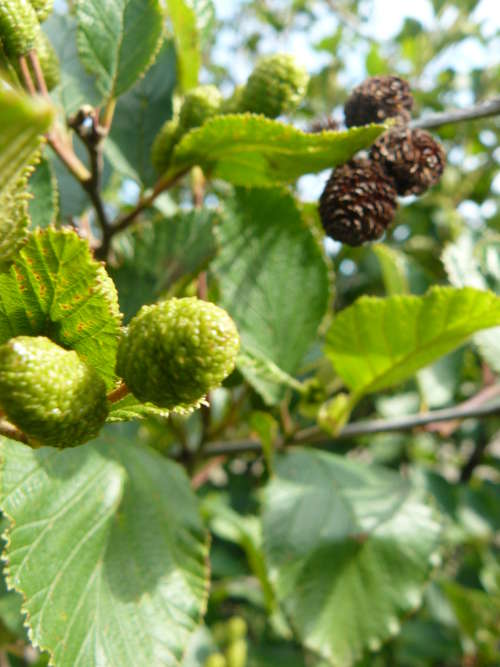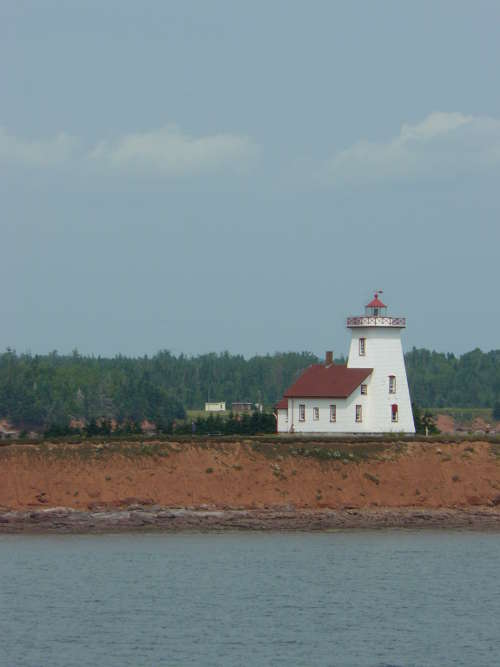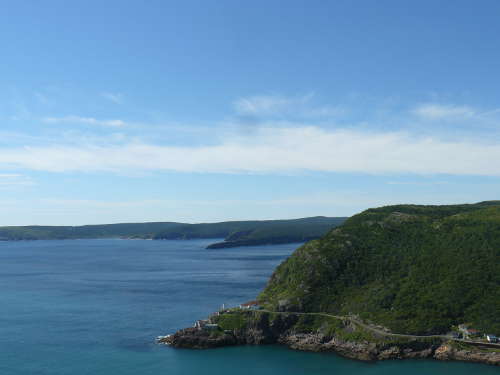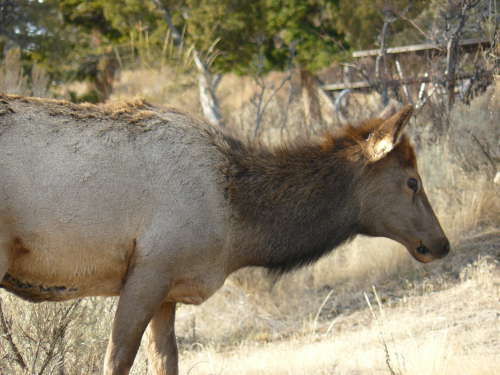 Location Taken: Yellowstone National Park, Wyoming
Location Taken: Yellowstone National Park, Wyoming
Time Taken: October 2012
Well, I covered my random occurrence this week yesterday, leaving me with no idea what to talk about today.
So I’m going to talk about cupcakes.
The picture above is not a cupcake. Knowing the difference between a cupcake and an elk is very important. If you think I’m not being serious, imagine what life would be like if you couldn’t tell the difference.
Cupcakes are small cakes, usually round and heavily frosted on top, but not on the sides, unlike larger cakes. Elks are not frosted at all, unless it’s a cold wet winter. Then they frequently have a bit of frost on their fur.
Cupcakes are very sweet. Unless it’s one of those joke cupcakes made of meatloaf and mashed potatoes. Those are not sweet. I do not know if elk are sweet. I have not licked one.
Cupcakes are frequently served at offices, parties, and office parties. I do not suggest bringing an elk to your next office party. They are tough to serve in individual portions without highly irritating the elk. This is never a good idea.
I don’t eat cupcakes. They’re too sweet for me, and I’d much rather have a bunch of carrots or something peculiar like that. I also don’t eat elk. There’s too much hair in the way when I try to bite down.
And that is all I know about cupcakes. Or at least all I care to know about them. I care more about elk, but I don’t feel like listing all the things I know about elk. It would take too long.

